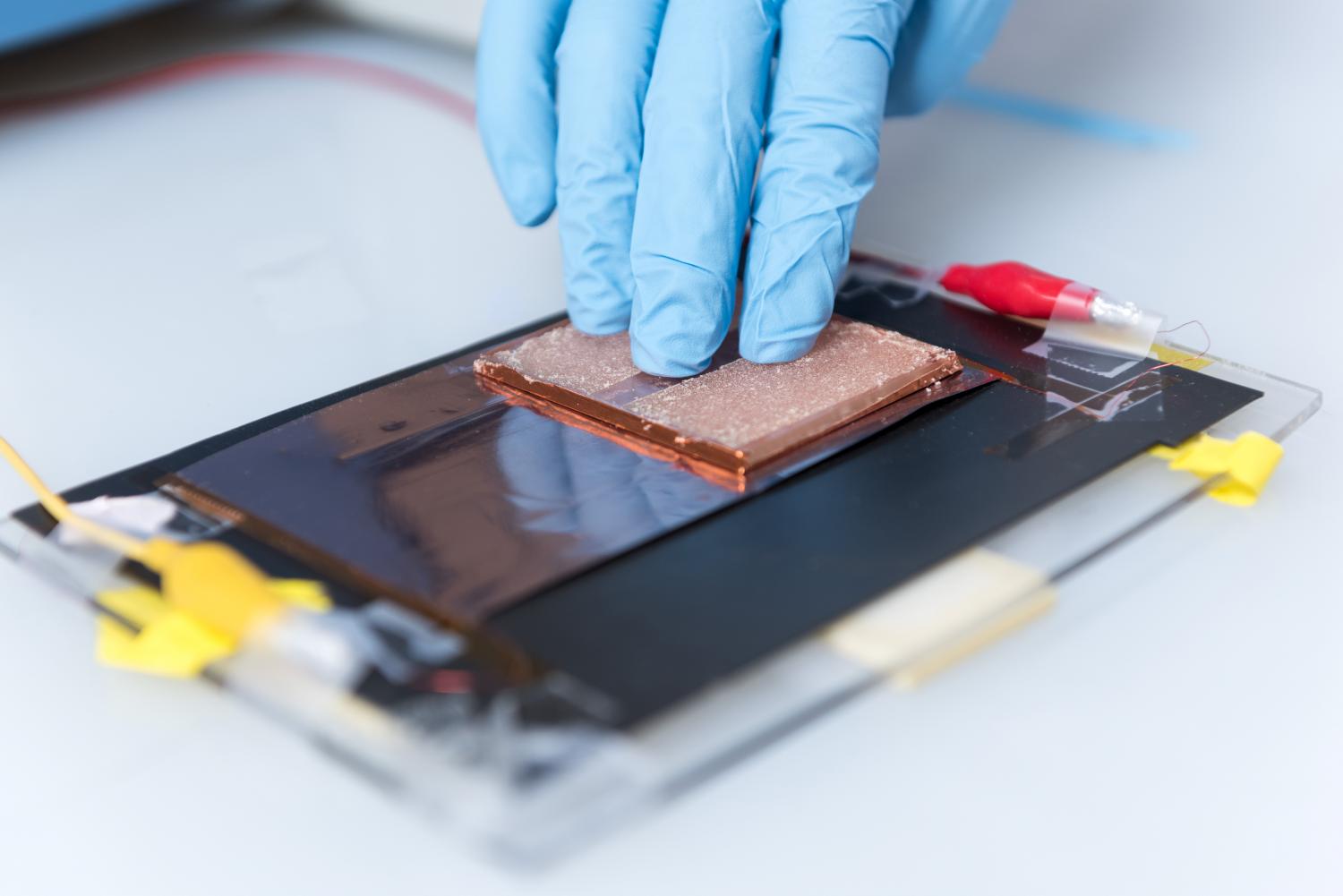A team of Californian scientists has developed a material capable of obtaining electricity from snow: based on the principles of the so-called "triboelectric effect", which consists in the transfer of electric charges, and therefore in the generation of a voltage, between different materials (of which at least an insulating one) when they are rubbed together.
Sleet particles have a positive charge, and interaction with this oppositely charged material can produce electricity.
“Since snow has its own charge, we thought: why don't we put it in contact with a material that has the opposite charge?”
Maher El-Kady, University of California, Los Angeles
The applications of the triboelectric effect are different, and other researchers have also created them: for example, adding graphene to solar panels to obtain additional electricity even from rain.
In this case, the team developed a “snow-based triboelectric nanogenerator,” otherwise known as a TENG.
After designing the small generator and 3D printing it to make the electrodes, the researchers tested various “triboelectric” materials to evaluate their capability.
“After researching a vast range of materials including Teflon and aluminum foil, we chose silicone for its ability to produce a greater charge,” says Maher El-Kady, at the head of the University of California project.
Once the mechanism is made and coated with silicone, the electric charge is generated starting from all the different types of contact: trampling, rubbing or even the simple fall of snow on the surface.
In the second phase of the project the system was applied to bicycle wheels, or boots, to measure the charge produced in the contact of the wheels or soles on the snow.

If the TENG system is integrated into the solar panels, it will allow electricity to be generated even from snow storms and weather conditions that would otherwise decrease or not produce the necessary energy: consider the fact that every year 46 million square kilometers of the earth's surface are reached by snow and you will understand the potential of this system, which one day could also feed biomechanical sensors or wearable devices.
The first practical use of the TENG will be in providing power to small automatic weather stations installed in inhospitable areas of the planet to measure the rate of fall and depth of snow as well as of course the direction and speed of the wind.
Haven't you felt a little cold too?
The complete paper published on nano-energy


